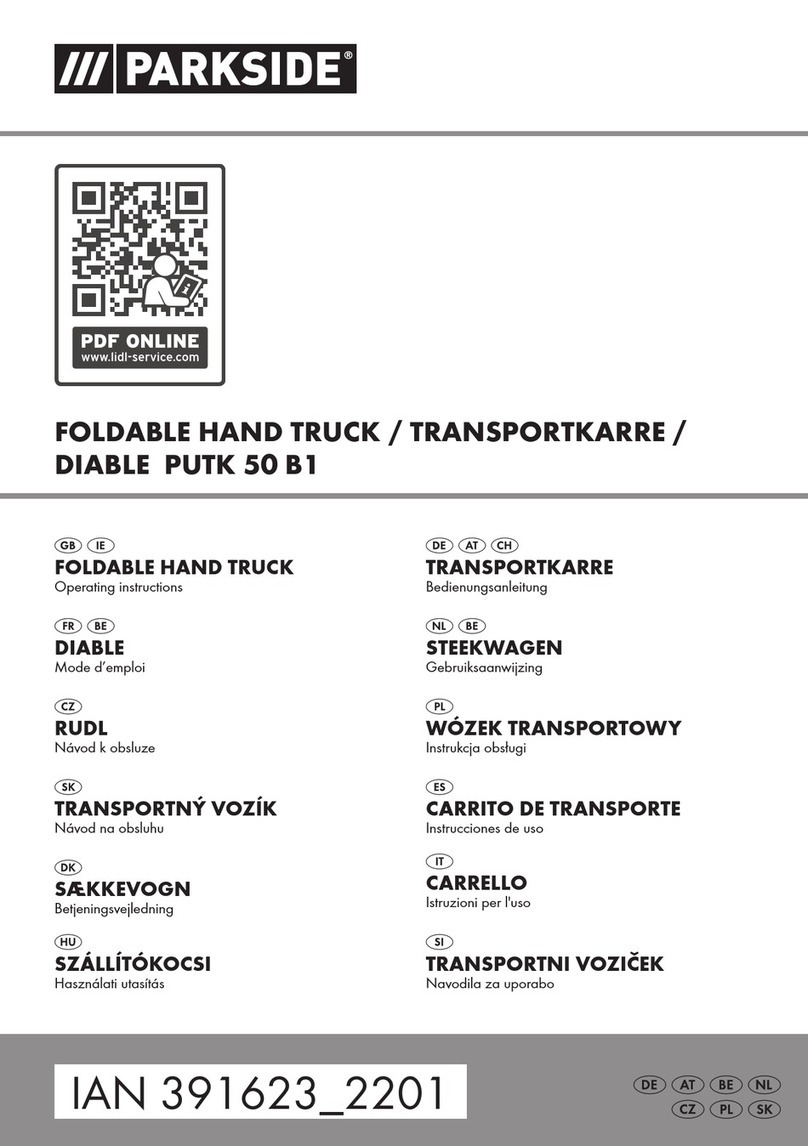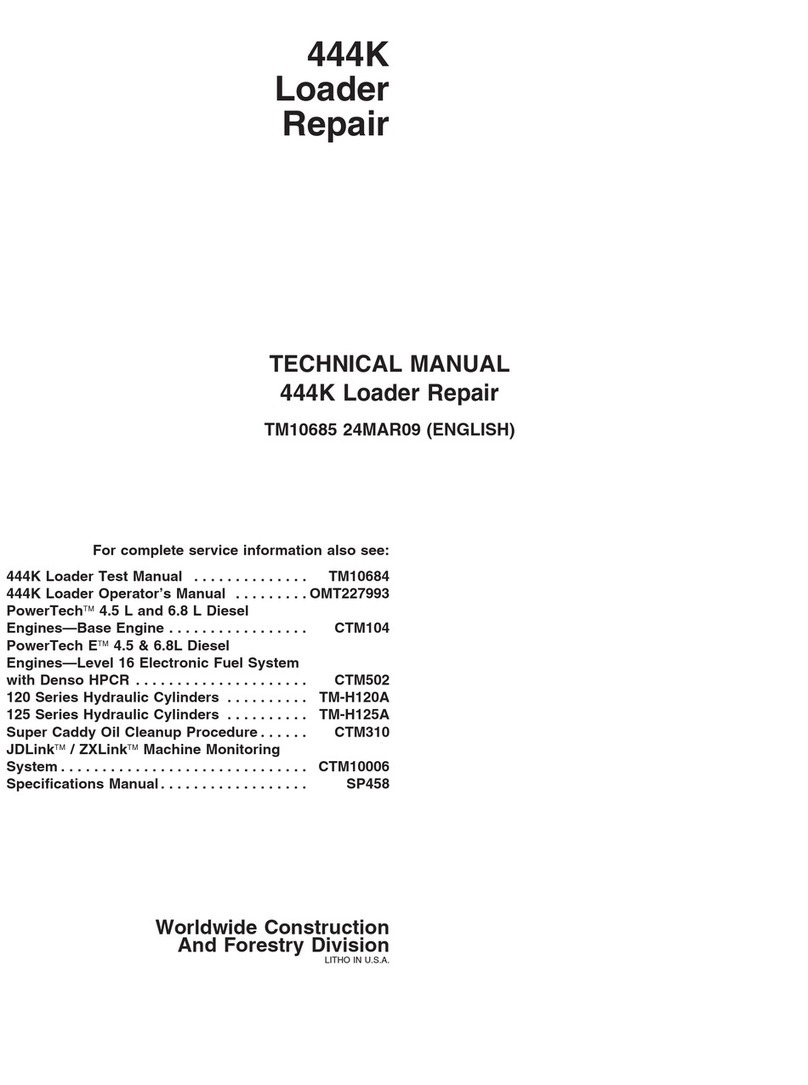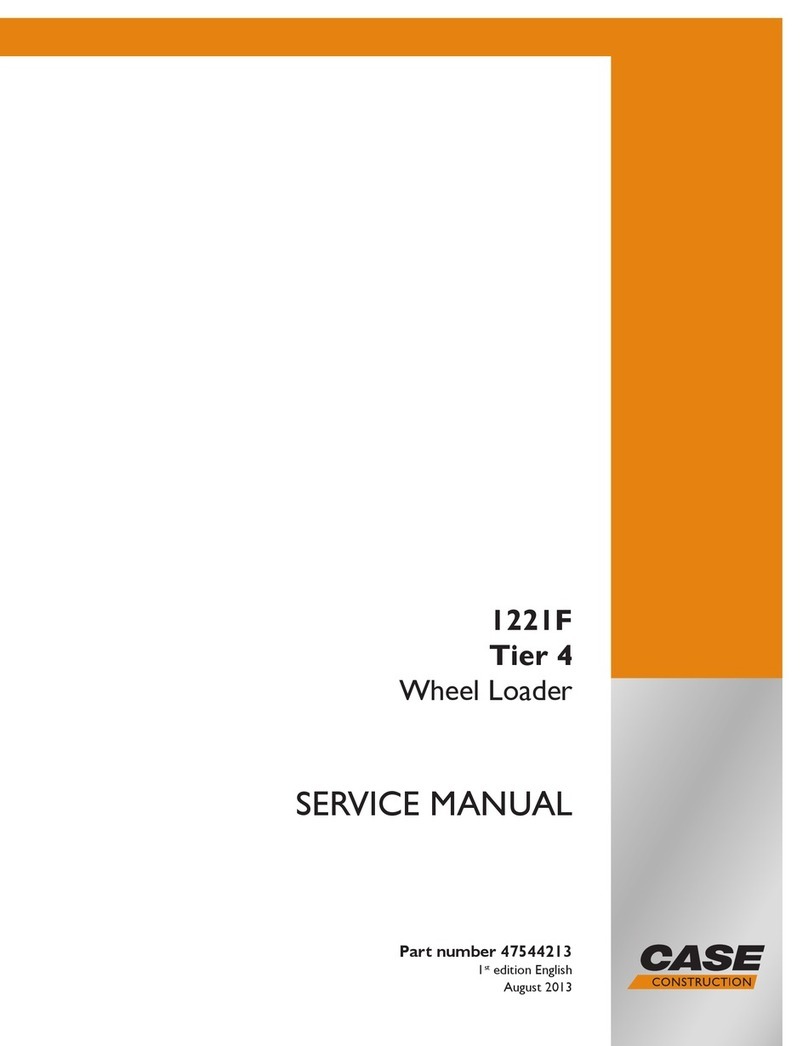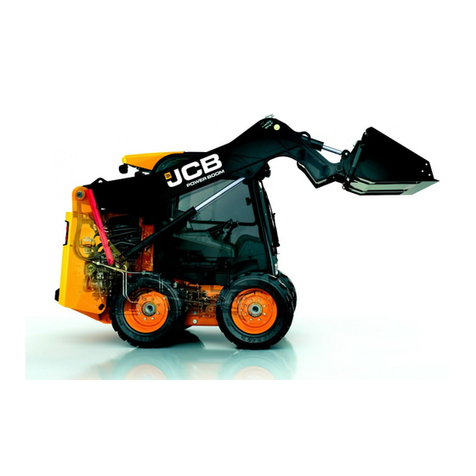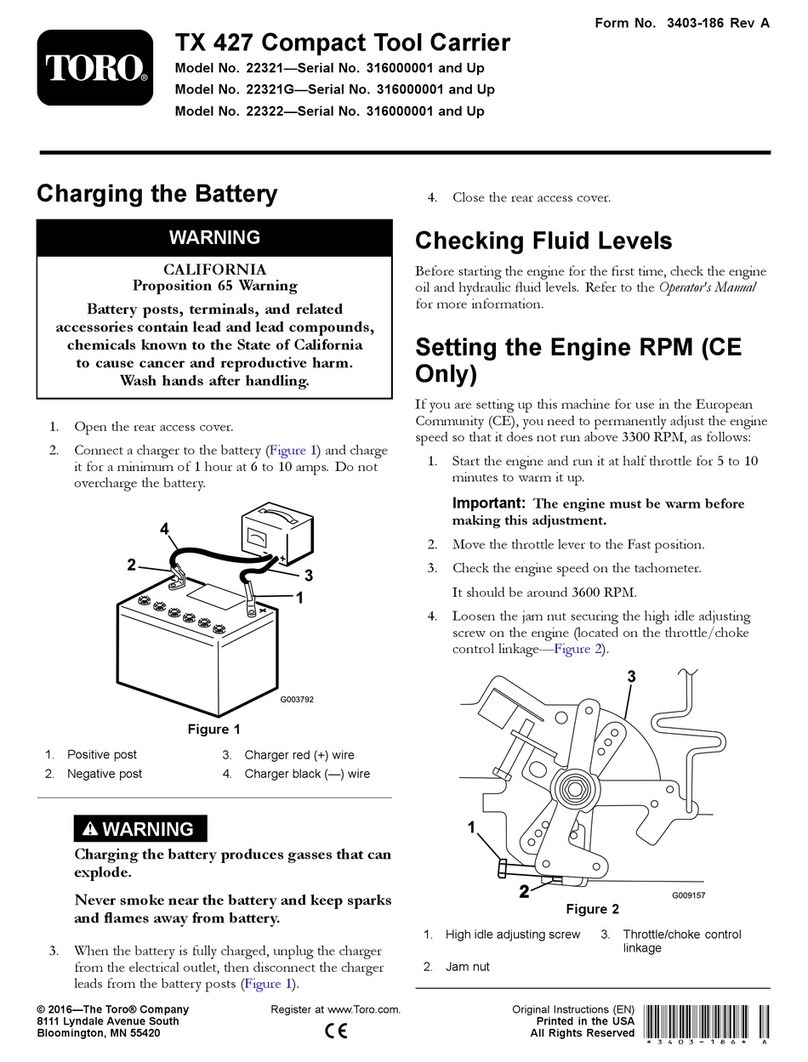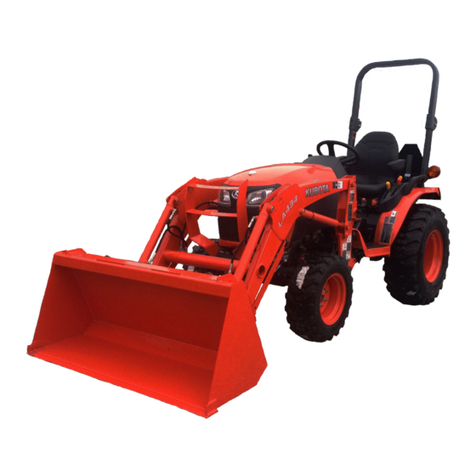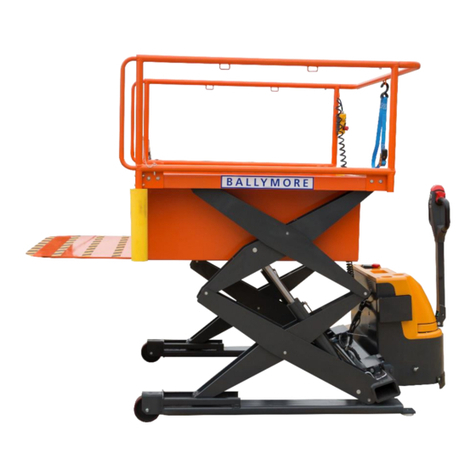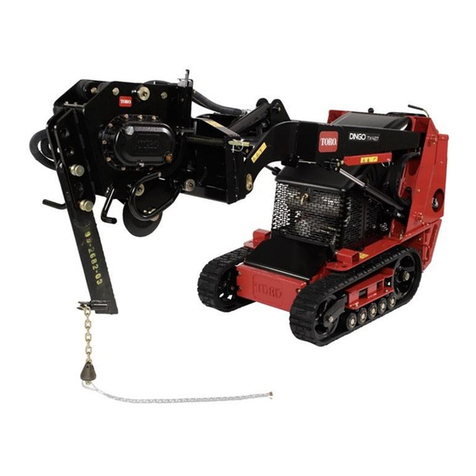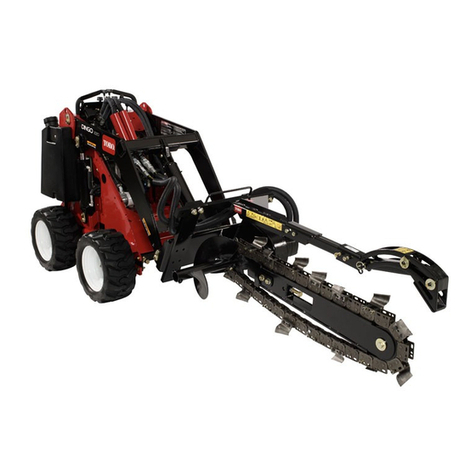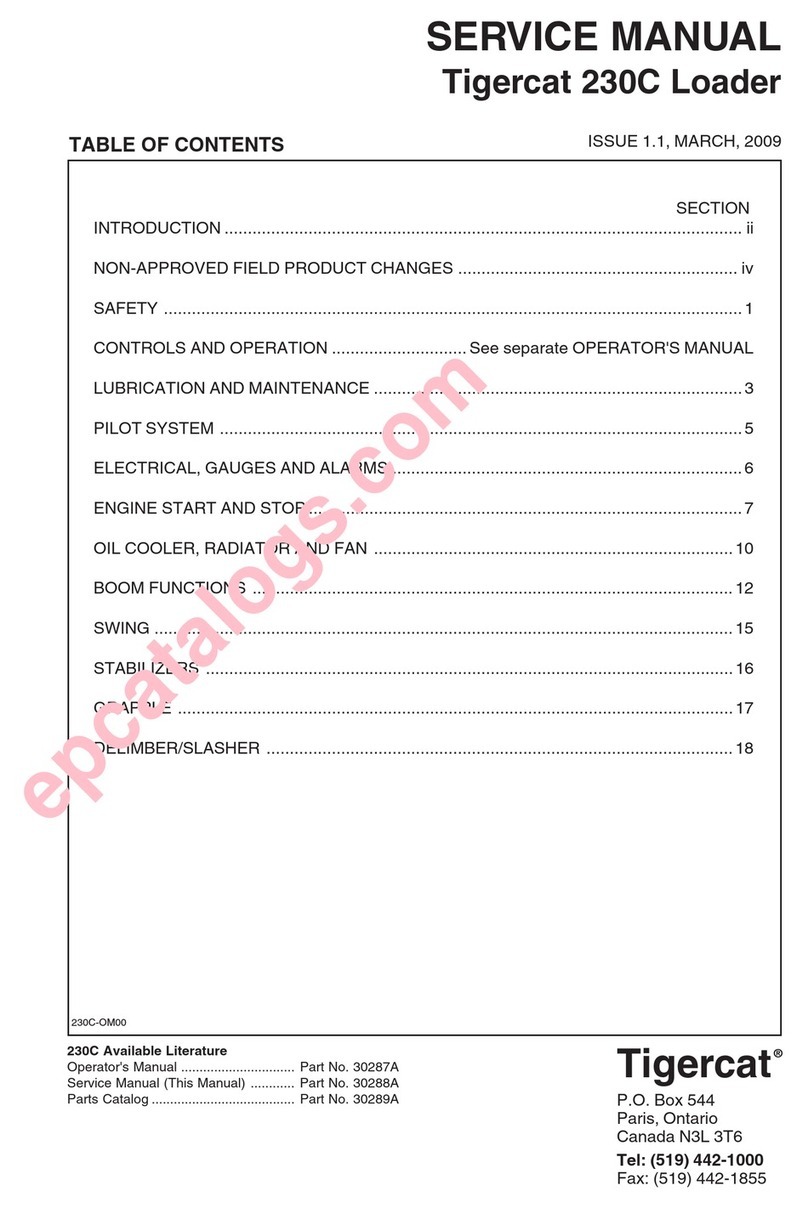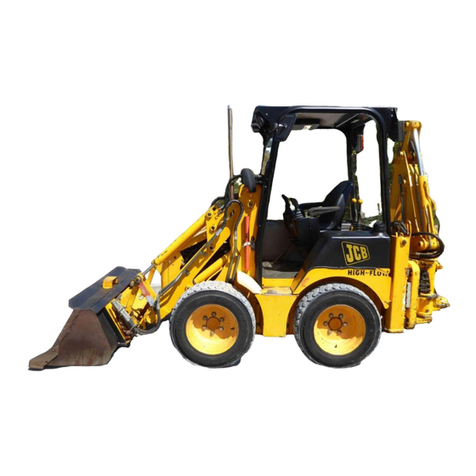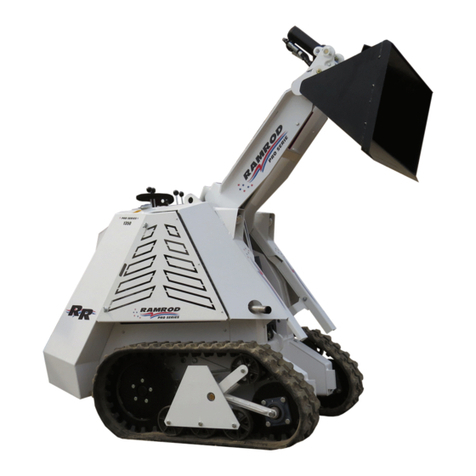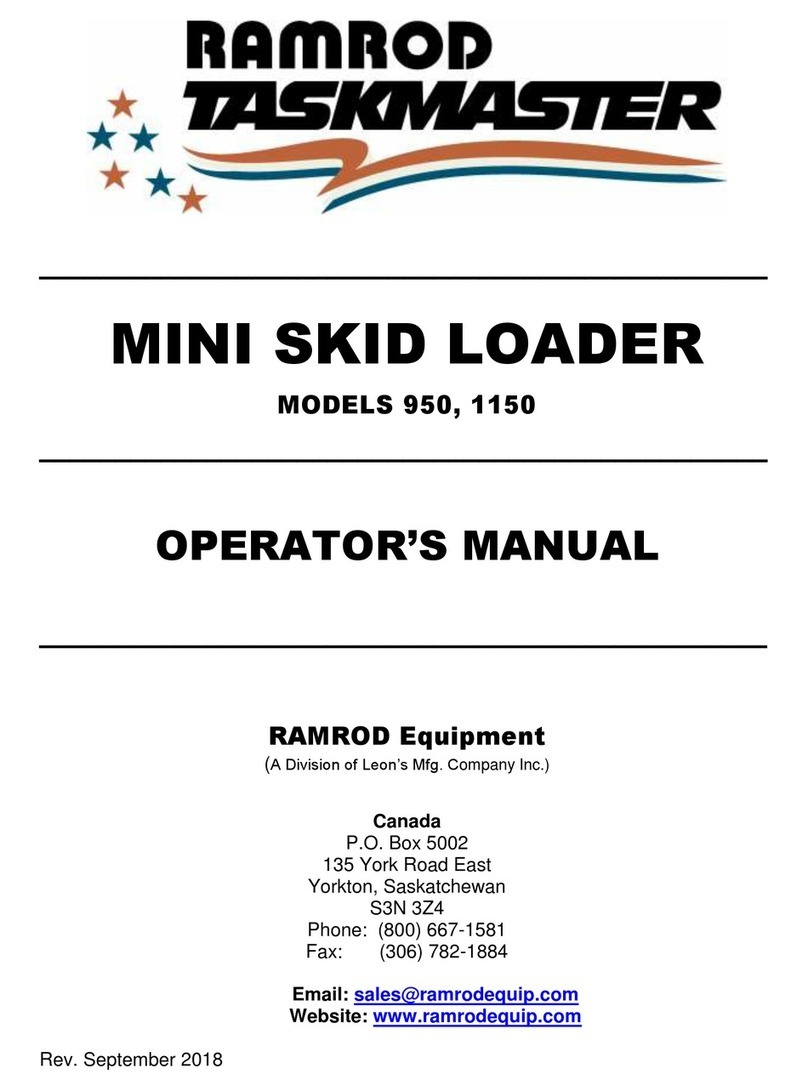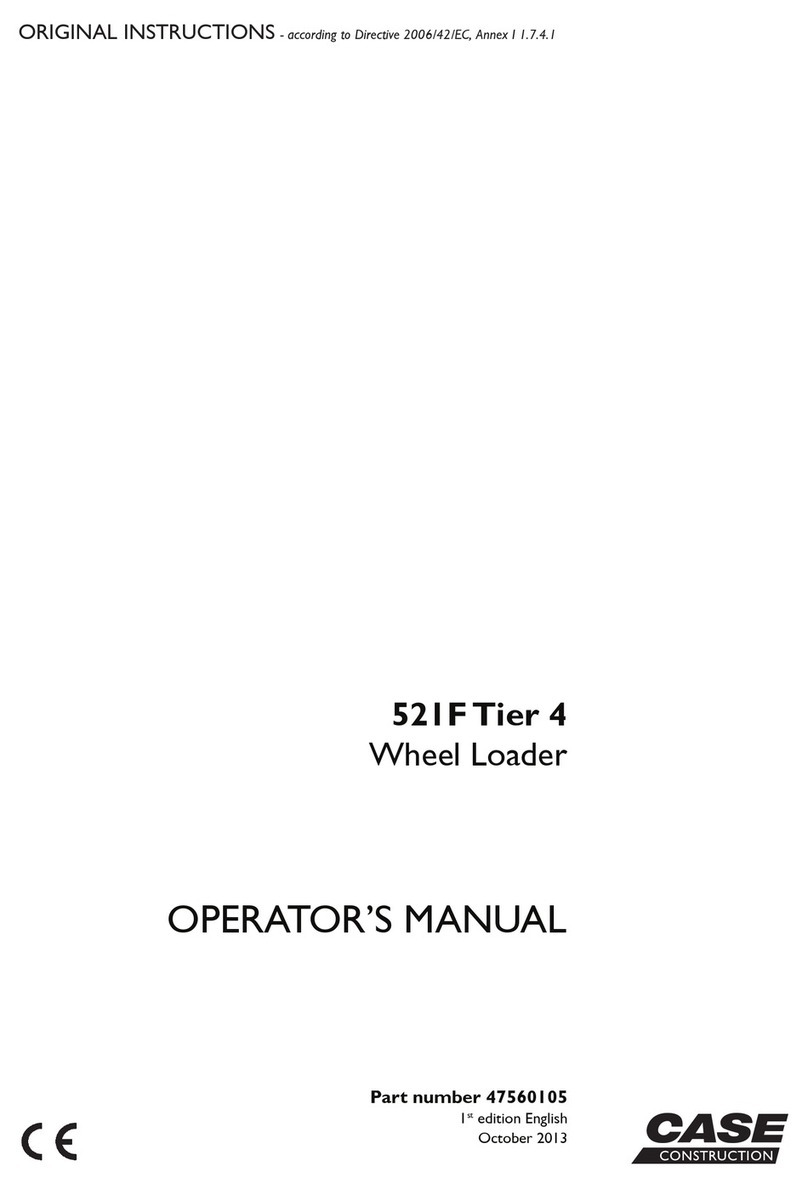
--------
- SERIAL NUMBERS -
On all parts orders and In all correspondence
relative to the loader, it is necessary that the
loader model and serial number be given. All
major components of the loader (such as engine,
transmission, hydraulic pump, hydraulic con-
trol valve, power steering pump and front and
rear axles) have serial numbers which should
also be given to properly identify the unit and
component. These will assure obtaining the
correct replacement parts.
The loader serial number is located on the name
plate attached to the left rear face of the seat
frame in the operators compartment. _
The engine serial number is stamped in a name
plate attached to the left side of the engine
block.
ALLIS-CHALMERS
The hydraulic pump serial number is stamped
in the name plate located on the cover of the
pump. __
The control valve serial number is stamped in
the name plate located on the top of the con-
trol valve.
The power steering pump serial number is
stamped in the name plate located on top of
thepump. __
Each front and rear axle serial number is
stamped in the differential housing above the
filler plug.
The transmission serial number is stamped in
the name plate located on the left hand side
of the housing. _
WARRANTY
"ALl-IS-CHALMERS MANUFACTURING COMPANY warrants that it will repair F.O.B. its
factory, or furnish without charge F.O.B. its factory, a similar part to replace any material in its machinery
which within six months, or 1500 hours of use, whichever occurs first, (except six months on utility wheel
tractors sold for non-farm use) after the date of delivery by the Dealer, is proven to the satisfaction of the
Company to have been defective at the time it was delivered, provided that all parts claimed defective
shall be returned properly identified to the Company's factory, charges prepaid.
"This warranty is the only warranty, express, implied or statutory, upon which said machinery
is purchased. No other warranty has been made or exists either expressly, or by implication, all statutory
and implied warranties being hereby expressly waived and excluded from this transaction, and the Com-
pany's liability in connection with this transaction is expressly limited to the repair or replacement of
defective parts, all other damages, statutory or otherwise, being hereby expressly waived.
"This warranty applies only to new and unused machinery, which after shipment from the
factory of the Company, has not been altered, changed, repaired or treated in any manner whatsoever.
No warranty of any kind, statutory, implied, or otherwise, shall apply to trade accessories, attachments,
tools, or implements not manufactured by the Company, though sold or operated with the Company's
machinery, or to second-hand machinery, or to new and unused machinery, which, after shipment from the
factory of the Company, has been altered, changed, repaired, or treated in any manner whatsoever.
"No representative of the Company has authority to change this warranty or this contract in
any manner whatsoever, and no attempt to repair or promise to repair or improve the machinery covered
by this contract by any representative of the Company shall waive any consideration of the contract or
change or extend this warranty in any manner whatsoever.
II
Allied or Companion equipment not manufactured by the Company is covered only by the
standard warranty of the manufacturer of such allied or companion equipment though sold or operated
with the Company's machinery."
5
